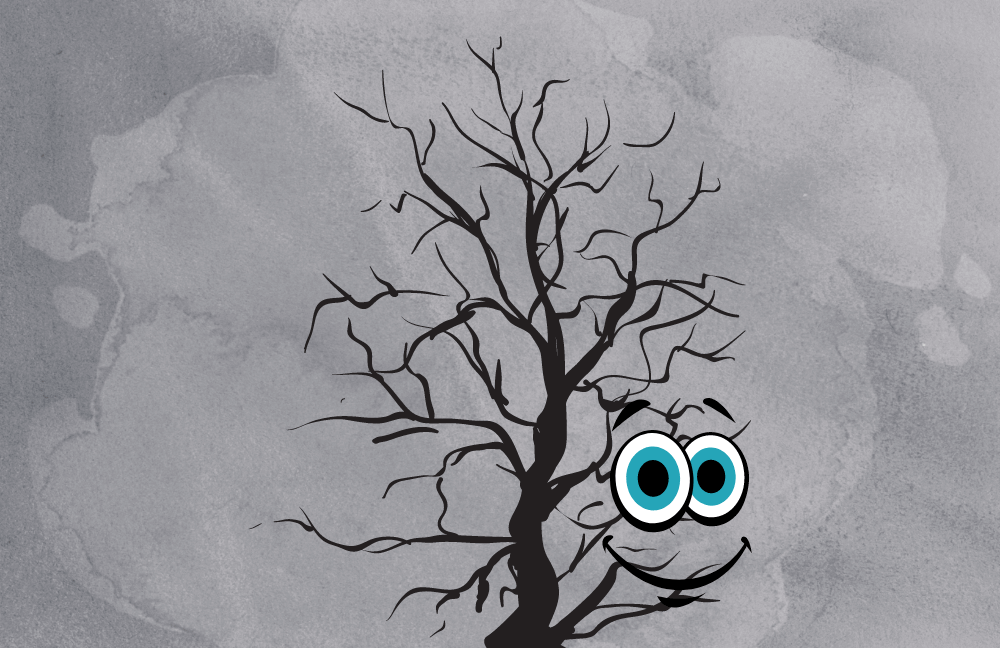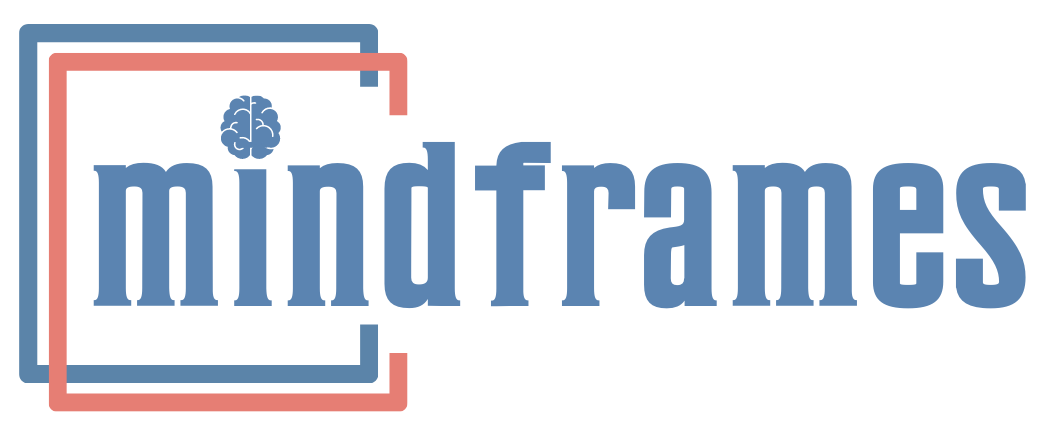Cognitive Behavioral Therapy (CBT)
What is Cognitive Behavioral Therapy (CBT)?
Cognitive Behavioral Therapy (CBT) is a class of techniques that help change how you feel by simply changing how you think. They are grounded on a basic premise that psychological distress, emotional turmoil and behavioral disorders are caused and conserved by negative thinking patterns. This means that if you think differently, you will feel and behave distinctively too. As long as your thinking style stays twisted or dysfunctional, your psychological pain will persist.
The underlying principles of CBT were introduced by Albert Ellis (1962) and Aaron Beck (1970). They both independently asserted that maladaptive thoughts bring about emotional distress and behavioral problems. And you are often oblivious to this plot because you believe that events and people make cause you emotional pain. The truth is quite contrary.
We live (and often die) with beliefs or schemas, about the world, ourselves, and life in general. These get engrained in our minds based on prior experience or observation, and they give rise to very specific automatic thought patterns. Sometimes these are useful but many a time they are dysfunctional and rather harmful. CBT strategies aim to change these maladaptive cognitions and this effectively alters emotional anguish and problem behaviors. The goal of CBT is to reduce symptoms of psychological disorders, improve every day functioning and enable a fulfilling and productive life.
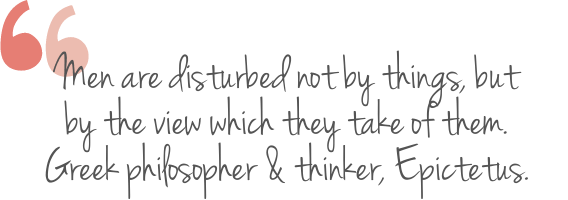
Fundamental Basis of CBT
In general, people find it hard to believe that their cognitions (thoughts), emotions and behaviors are interconnected. Truth is, the way you perceive a situation influences your emotional reaction way more than that actual reality of it. You assume facts in your mind; but these could sometimes be personalized perceptions, hazed by clouded judgment. Integrating cognitive and behavioral theories through CBT brings back realistic views of any experience, and the resultant emotional reaction is invariably more rational and true-to-life. Fundamentally, if you change the way you think, you will change the way you see the world as well as your problems; and your responses to them will accordingly transform for the better too.
Therapeutic Principles of CBT
CBT is best offered by a trained psychotherapist. However, a psychiatrist who also practices therapy, possesses the neurological acumen around behavior that adds to therapy efficacy. CBT finds its rationale in a very common-sense relationship between cognition (thinking), emotion (feeling) and behavior (doing). It insists that we behave in a given way based on how we feel, and that we feel in a particular manner because of the style in which we think. Hence the greatest focus is on cognition. CBT is based on the premise that automatic thoughts can often be exaggerated, biased, misguided, or unrealistic, and these play a momentous role in psychopathology. Correcting them, corrects the entire problem.
Automatic Thoughts
Cognitive Distortions
Underlying Beliefs
Untwisting Thinking
Where is CBT used?
CBT is a dedicated form of therapy that demands commitment and participation from the client. It makes you mindful of your negative thoughts, dysfunctional self-talk, and directs you to positive reflections and actions. Typically, the cognitive model of emotional turmoil emphasizes the role of unhelpful, maladaptive and dysfunctional thinking in the causality of psychological problems. CBT helps change that and pushes you towards more evolved and accomplishable emotional goals.
CBT impact has been extensively researched and applied in depression, generalized anxiety, phobia, social anxiety, post-traumatic stress disorder, obsessive-compulsive disorder, panic disorder, agoraphobia, specific phobias, eating disorders, relationship problems, personality disorders, pregnancy related psychological conditions, as well as childhood and adolescent anxiety and depression.
What should I expect from CBT?
CBT at MindFrames
As a psychiatrist as well as psychotherapist practicing diverse therapies, Dr Shefali guides you through cognitive, mindfulness and neurobehavioral milestones to help you think, feel and behave differently. She helps you challenge faulty cognitions, to make you aware of your hurdles in battling anxiety, depression, obsession, frustration, anger, irritation; or simply any negative emotion. Through CBT you bring your attention to events, interactions, relationships, or any other stressors; and then create a structured plan to change them. You learn how to challenge negative thoughts, and switch from an automatic mode, to a mindful approach. In time you develop a rational and responsive attitude towards yourself and others. And this eventually reflects in a confident, optimistic and wholesome life.

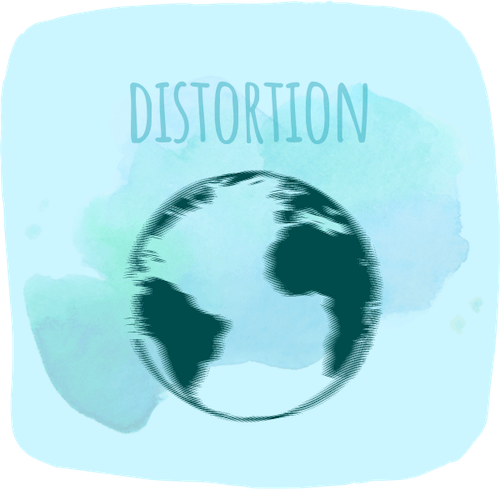

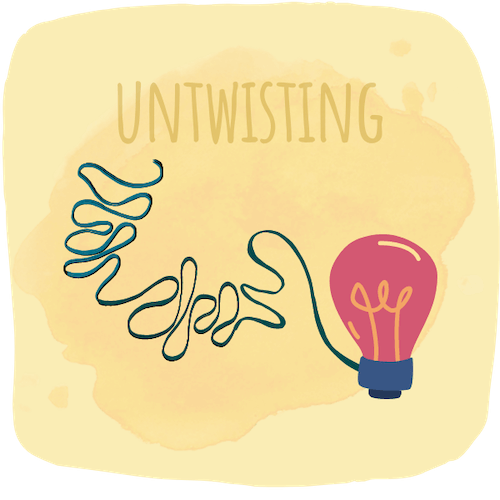
References
- Chand, S. P., Kuckel, D. P., Huecker, M. R., (2020). Cognitive Behavior Therapy. StatPearls. Treasure Island (FL): StatPearls Publishing.
- Hofmann, S. G., Asnaani, A., Vonk, I. J., Sawyer, A. T., & Fang, A. (2012). The Efficacy of Cognitive Behavioral Therapy: A Review of Meta-analyses. Cognitive therapy and research, 36(5), 427–440.
- Beck, A. T., (1970). Cognitive therapy: Nature and relation to behavior therapy. Behavior Therapy; 1:184–200.
Latest Posts
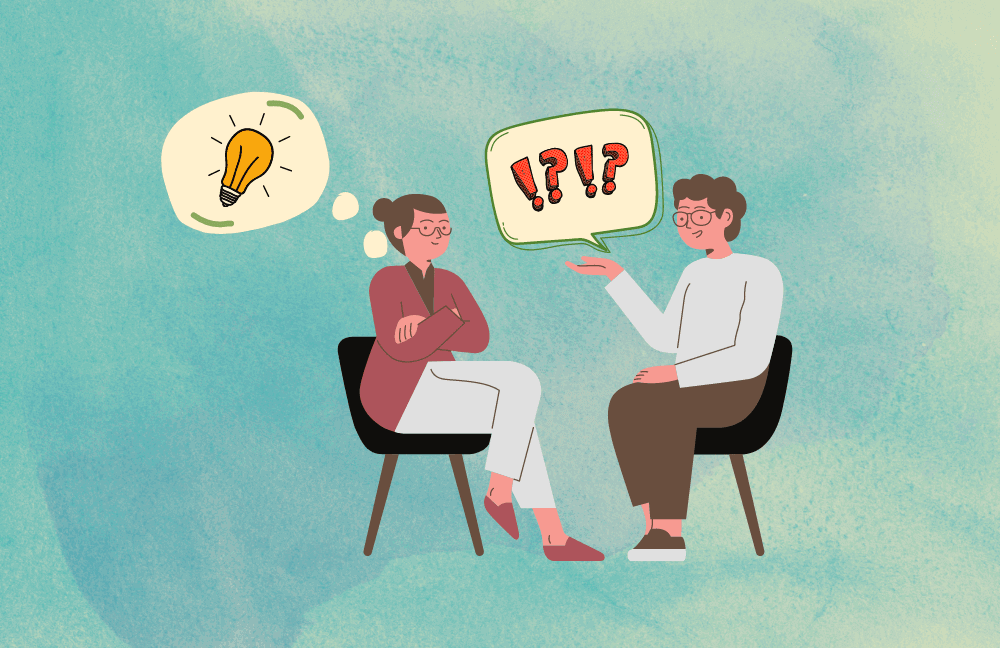
7 Reasons Why You Should Seek Therapy

7 Questions About Workplace Stress Answered
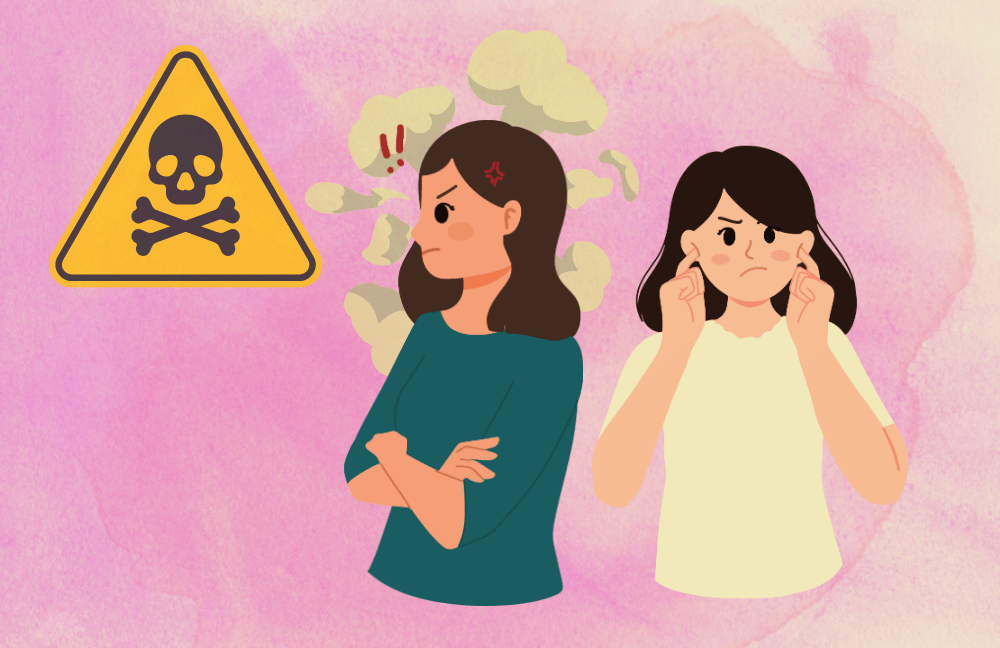
5 Ways To Deal With A Toxic Coworker
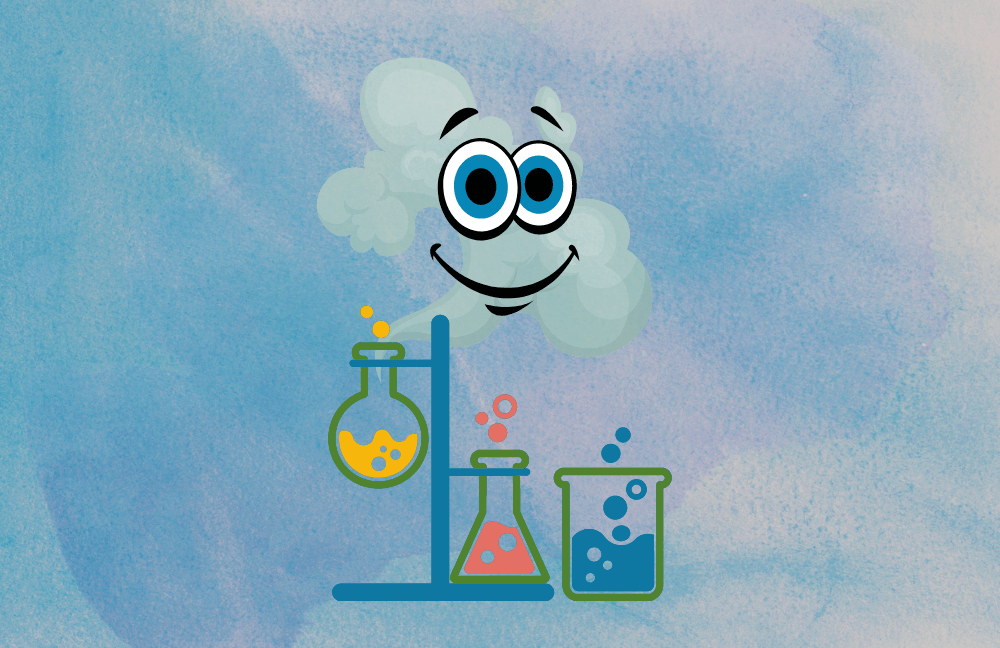
Science of Happiness: 1000s Of Years Of Research
